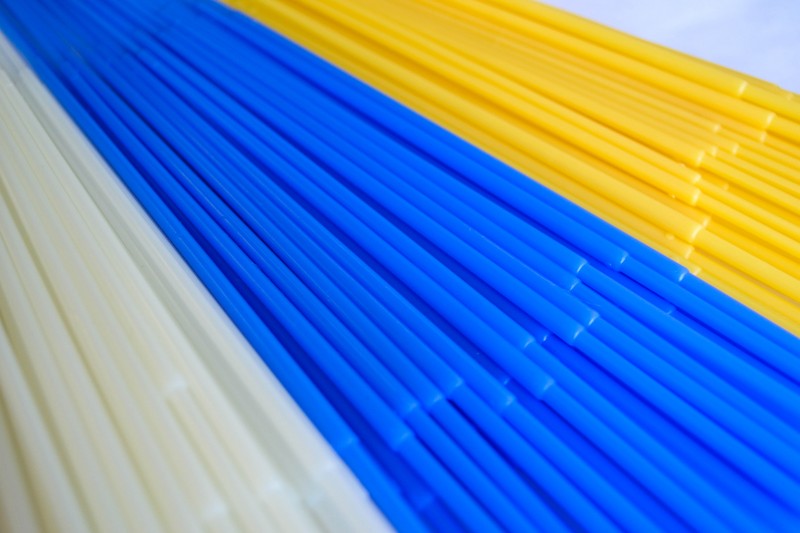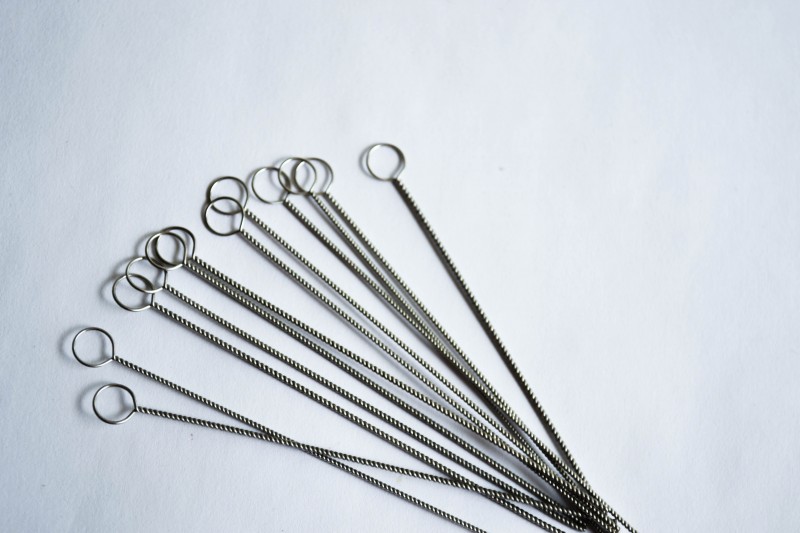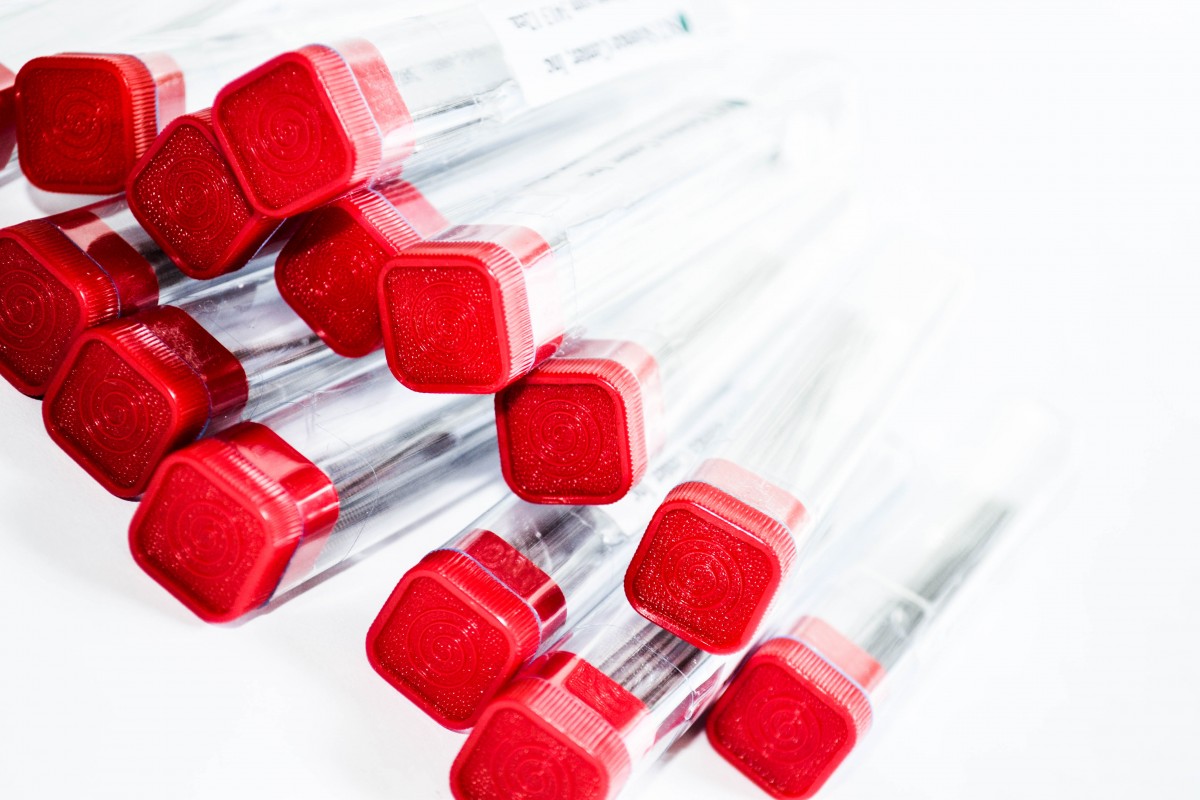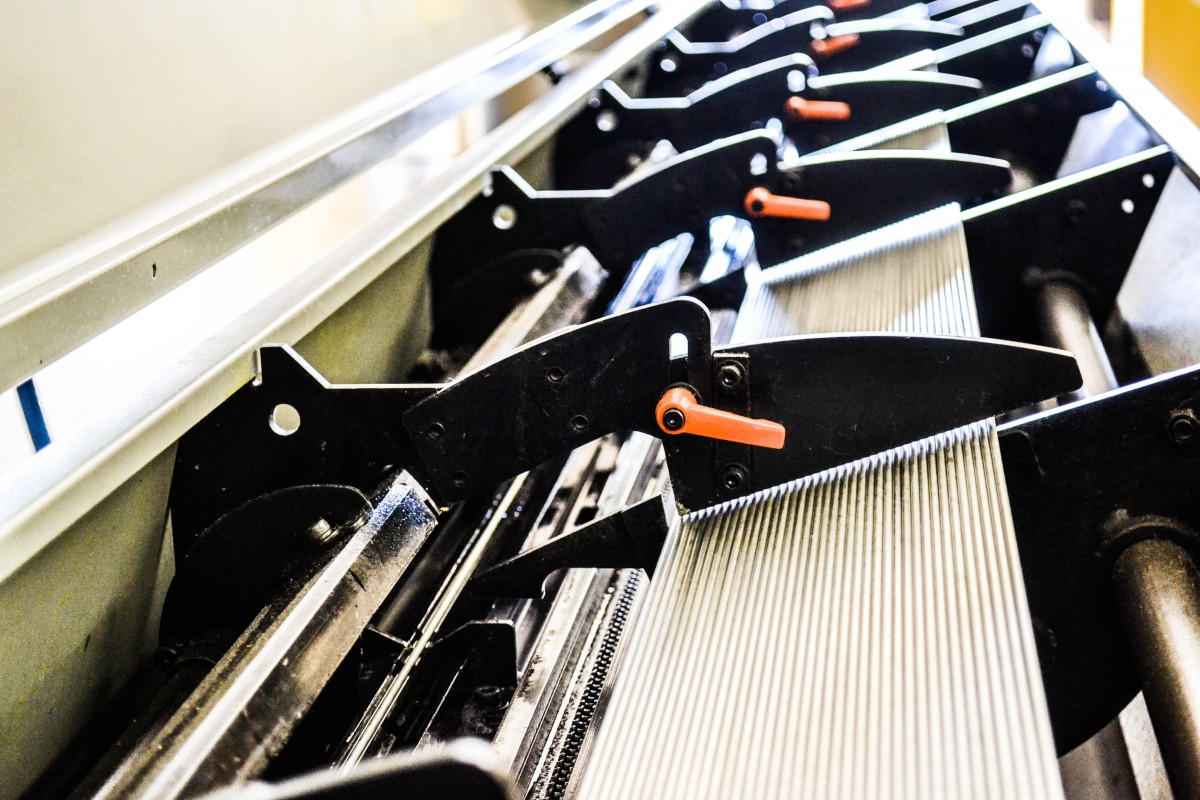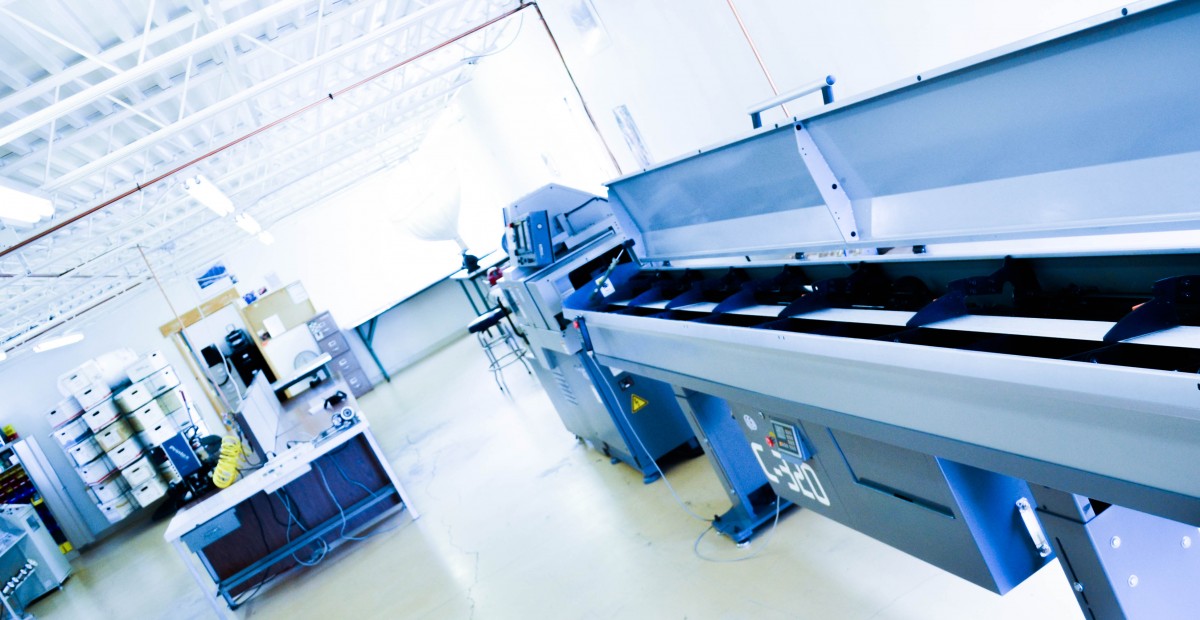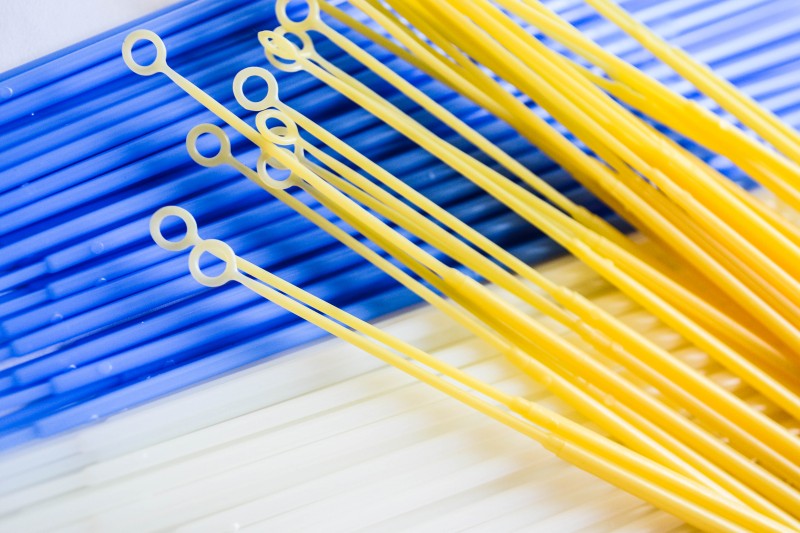SCI SCIENCE CENTER, INC.
FIRST IN THE WORLD
OF LOOPS, NEEDLES, AND HOLDERS!
The original manufacturer of the Nichrome V loop and needle manufactured in U.S.A.
Our company is committed to professional service. For 47 years, SCI products have been used with confidence around the globe. Since 1962, SCI has been backed by exceptional management, experienced technicians, sophisticated production and testing techniques and a modern laboratory facility.
What are Inoculating Loops?
Also known as an inoculation wand, microstreaker or smear loop, the inoculation loop is essentially a tool used by microbiologists to remove an inoculum from a group of microorganisms. The tool is loop formed at the end of the wand and it is used in the cultivation of the microbes on the plates. The transfer of the inoculums is done for streaking purposes.
Although that is the primary use of this particular tool, it can also be used for the transfer of organisms of microscopic size. All that is needed is to touch a culture plate or a broth and that will garner enough microbes for the inoculation tool. Once gathered, it will take the microbes to their new location and then it can be used again as many times as needed thanks to the tough, durable materials that will last for a long time under normal use conditions.
What does an Inoculating Loop Look Like?
Basically, this is a wire that creates a small loop about 5mm in diameter located at the end of the wand. The loop itself is the part that gathers the microbes or inoculums and can be made from tungsten, nichrome or platinum. However, nichrome is the least expensive of the materials that are used and it does not work as well as the others. Sometimes, materials such as nichrome are combined with aluminum in terms of the body of the wand that provides a tough, lightweight material which will hold up for many years.
The loop itself is designed to glide smoothly across the surface of the liquid or substance where microorganisms are being pulled. For most people, it only takes a few repetitions to understand the nuances of the tool and get consistent results from each use. This device has been around for many decades and shows no sign of going away thanks to its straightforward and practical design.
Although the device itself is the essence of simplicity, it does provide the same, constant amount of suspended inoculums thanks to the use of surface tension. The loop will actually take advantage of the surface tension to pull up a consistent amount of material each and every time. However, between each process it is important to sterilize the device in order to prevent contamination. The loops come in different sizes in order to comply with different types of experiments.
How to Sterilize the Inoculation Loop
The loop itself is sterilized with fire most often generated by the Bacti-Cinerator. This is a device that becomes very hot and will sterilize the inoculation loop in just five to seven seconds. The sterilization process is quick, easy to perform and allows the loop to be used many different times across different experiments without the fear of cross-contamination. However, after the sterilization process has been completed, the loop must cool down to the point where it can support the microbial life once again.
The inoculation loop is a very simple, yet highly useful tool that is currently being used in laboratories, universities, hospitals and other locations where it has served countless numbers of experiments and evaluations.

